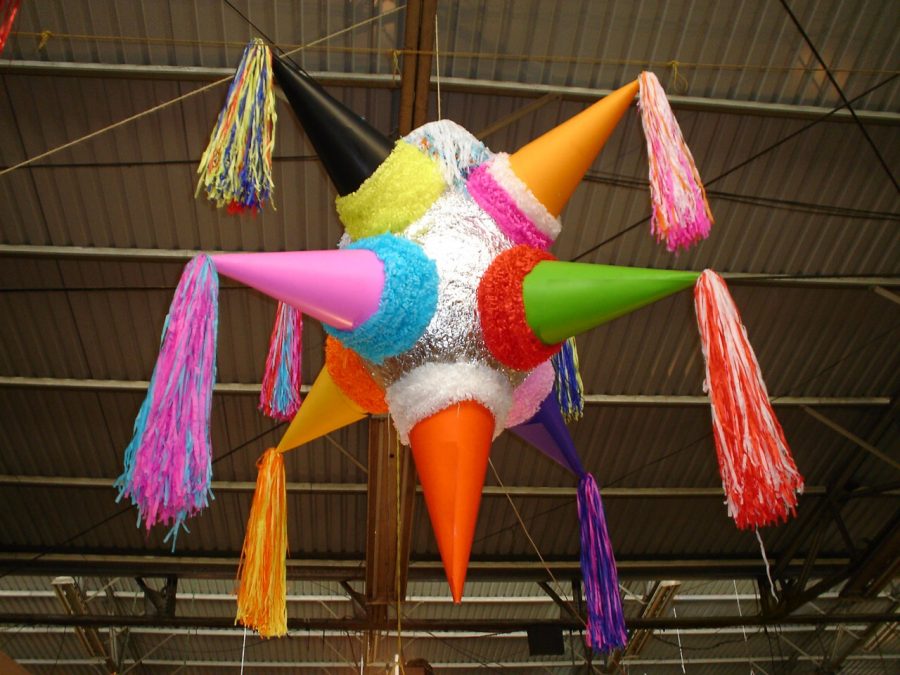The Past of the Piñata
February 2, 2021
When you think piñata, you think kids party, or Mexico, right? Have you ever thought of China? Probably not. But that does not mean China was not involved.
The piñata’s journey began in the 1300’s in China. The Chinese tradition was to fill a paper animal shape with seeds, then hit it until all the filling fell out. The shape was most often a bull, goat, or some sort of farm animal. The pieces of paper were then fished out of the pile of seeds and burned; the ashes were kept for good luck. This game happened mostly to welcome in the new year.
Marco Polo is credited with the arrival of piñatas in Italy in the 14th century. He is said to have seen the game in his travels, and brought it back with him. In Italy, the idea was adopted by Renaissance nobility, with a few modifications. Instead of paper animals, the nobility used clay pots, and filled them with trinkets instead of seeds, to be broken open during pre-Lenten celebrations. The Italians also named them “pignattas,” meaning clay pot.
The leading theory is this game migrated to Spain, where it was called an “olla,” the Spanish word for pot, and was not decorated. From there, to the Americas. The Aztecs had an existing tradition that was fairly close to this game. To honor the Aztec god of war, Huitzilopochtli, they put a clay pot with offerings on a pole above the statue, then struck the pot. It shattered, scattering the offerings at the feet of the god as a sacrifice.
The Spanish missionaries used the piñata as a way to attract converts to their events, thus adapting it to their beliefs. The missionaries created the traditional seven-coned star shape, which represented the seven deadly sins. The 33 spins before striking the piñata represented the lifetime of Christ. And the stick represented faith, which henceforth destroyed sin, or the blindfolded person represented faith, which must be followed blindly. The meaning of the treats inside is disputed, however. The three leading theories are that they stand for forgiveness of sins, a temptation against wealth and earthly treasures, or the pleasures of life. Missionaries also created a ten-pointed piñata to teach the Ten Commandments to converts.
Piñatas have a long history, travelling across all the continents (except Antarctica). Africa even has a store called Piñata Africa, that stocks handmade piñatas made completely in South Africa. Nowadays, piñatas have strayed away from the animal and star shapes, and have a huge variety–from cartoon characters to politicians. Recent presidents are extremely popular.
References:
https://chnm.gmu.edu/cyh/primary-sources/411
http://www.cincy-cinco.com/history-of-the-pinata/
https://www.livescience.com/9894-cinco-de-mayo-pinata-originate.html





